DUNSMUIR
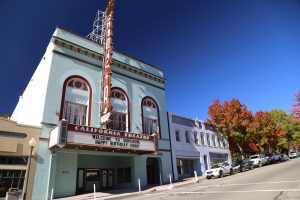 is located directly off of the 5 freeway about a 15 minute drive south of Mt. Shasta City. Charming and picturesque are often over used words in the travel writing world – but these two words perfectly describe this town. If you are arriving by car, park your vehicle curbside in the historic center of town located along Dunsmuir Ave and take some time to soak up the charm of this town on foot. A town built for photographers. Also known as “Home of the best water on Earth” – you might even spot drinking fountains running continuously.
is located directly off of the 5 freeway about a 15 minute drive south of Mt. Shasta City. Charming and picturesque are often over used words in the travel writing world – but these two words perfectly describe this town. If you are arriving by car, park your vehicle curbside in the historic center of town located along Dunsmuir Ave and take some time to soak up the charm of this town on foot. A town built for photographers. Also known as “Home of the best water on Earth” – you might even spot drinking fountains running continuously.
Also known for being an important stop on the railroad line (an Amtrak station is located within a short walk of the historic core of town). Important highlights of the historic town include the California Theater – note the sign, this was originally constructed in San Jose to be used on the theater by the same name in that city. Almost across from the theater is the pretty Hotel California Dunsmuir.
The tiny Avenue of the Art is located along Sacramento Ave and includes the Siskyou Arts Museum, the Pops Performing Arts & Cultural Center and several galleries and food options.
Dunsmuir Gardens are located a short drive north of the center of town. These picturesque botanical gardens contain many species, including but not limited to, dogwood trees, rhododendrons, ferns, and azaleas. There are also 11 different varieties of Japanese maples. An interesting botanical note is that these gardens are the home of a unique plant found only in the Shasta area, the Shasta Lily.
The gardens are also next to the Sacramento River. Visitors who are familiar with the size of this river down by Redding and Red Bluff will have a hard time accepting the fact that this river is so narrow as it passes through Dunsmuir. During the late summer months and into Fall one can actually cross it by food. A park is located next to it’s banks with some nearby picnic tables. Very easy access off of the 5 freeway (within a several minute drive once you actually exit the freeway).
The Little League Baseball field near the gardens was site to a baseball game that took place in 1924 – not just any baseball game, Babe Ruth was one of the players that took the field in his only appearance in Dunsmuir.
McCLOUD
This tiny community is about 15 minutes east of Mt. Shasta City located along Highway 89. Sits in the ‘shadow’ of Mt. Shasta and only a few miles from the Mt. Shasta Ski Park.
Originally built as a mill town, today the community is a hub for a variety of outdoor activities including hiking, fishing, golfing, rafting and in the winter, cross country skiing. The town has about 1,100 year round residents.
The center of town is the McCloud River Mercantile and Hotel – pop in for some boutique shops and their cafe. Guests can also stay here – choosing from one of their 11 rooms.
McCloud Hotel B&B is a hotel and Bed and Breakfast. They are rated three stars by Triple A and are located at 408 Main Street in McCloud. They have 17 rooms and the building was built in 1916. There are 2 stories. The B & B has four spacious suites. The hotel has 14 nice rooms. Each B & B contains a whirlpool tub for two, a large private bathroom, with a large shower, and a siting area. FREE breakfast consists of a hot dish, fresh fruit, homemade breads, and hot coffee or tea. The lobby was designed in a 1930’s style and decor. There are no phones in the rooms. This B&B has been featured in several well known travel magazines AAA’s Via and Sunset.
They have also been the subject of TV shows, and newspaper articles. The building underwent a major renovation for two years in the early nineties. There summer room rates from April through September start at $88 for a standard room for two people. The B&B suites are $134 a night. From October through May rates start at $74 from Sunday through Tuesday. The rates are slightly higher the rest of the week. Check in time is from 3 to 7pm and checkout time is at 11am. For more information you can call Phone Number (530) 964-2822 or 1-800-964-2823. Ask for Lee or Marilyn Ogden. You can also find them on the web at: www.mccloudhotel.com
Stoney Brook Inn: Phone Number (800) 369-6118. Located at W. Colombero Drive in McCloud. Visit: www.stoneybrookinn.com
WEED
is located about 15 minutes north of Mt. Shasta City. Weed (population approximately 3,000 people) welcomes visitors with the motto “Weed like to welcome you” – interestingly named, first impressions might lead one to believe Weed is named after the nickname for the plant that is now legal for personal use in the state of California. Not true, rather the city takes it’s name from Abner Weed, the founder of a local lumber mill (at one point in the 1940’s Weed had the world’s largest lumber mill). The site was chosen for building a lumber mill because of the often strong airflow through this region (great for drying various lumber).
Abmer was a soldier in the Civil War and also the founder of The Weed Hotel to the the south in Dunsmuir (which burned down and was later rebuilt and today operates at Hotel Dunsmuir).
Today parts of the town have a faded look.
Weed is one of the gateway towns to climb Mt. Shasta or gain access to all the surrounding wilderness lands (fishing, hiking or biking). Lake Shastina is not far from town and is known for attracting windsurfers. Also worth visiting in the area is the Veterans’ Living Memorial Sculpture Garden (about a 15 minute drive) located along Highway 97. A number of steel statues honor veterans who have served in the US military – these are scattered throughout the local vegetation – accessible via a short loop (either driving or walking). Also a commemorative wall listing names of veterans.
The Weed Historic Lumber Town Museum is a small museum that pays homage to the town’s rich lumber mining history. Typically open 7 days a week from Memorial Day weekend through Labor Day weekend – hours vary outside of this period. The collection contains a diversity of historical items and antiques including old hand lumbermill saws, chainsaws, some handsome looking typewriters and a few old machines outdoors including a logging engine.
And a short drive from town is Stewart Mineral Springs where visitors can pay to use their bathhouse and mineral springs.
YREKA
is located about 40 minutes north of Mt. Shasta City. Arguably a visit to the city should include exploring the West Miner Street historical downtown area on foot and a visit to the incredibly informative Siskiyou County Museum.
Many of the downtown buildings are labeled with their date of construction along with some basic details of their history. One building is the City Meat Market – first established in 1854 and still in continuous use today (no longer a meat market). Others worth checking out include the colorful Franco American Hotel and the two story building on the corner of Miner and Third Street (which contains a carousel).
And on a must do only in Yreka list, be sure to visit the intersection of Gold and Miner – clearly a tribute to the city’s rich gold mining heritage.
Of special importance due to our book The Freeways of Los Angeles, The ‘Father of the Freeways’, Randolph Collier was born in the tiny town of Etna (a 40 minute drive southwest of Yreka) but educated in Yreka’s schools. Look for a statue of him in front of the county courthouse. Randolph was the principal author of the Collier-Burns Act of 1947 which soon led to a significant amount of freeway construction in the ensuing decades. He earned another nickname later in life of a more personal nature, ‘the silver fox of the Siskiyous’ named after his thick head of hair that had turned completely white after many years.
Randolph also has a rest stop named in his honor, the Randolph E. Collier Northbound and Southbound Rest Area located about 15 minutes north of Yreka along the 5 freeway.
Siskiyou County Museum is certainly one of the highlights of visiting Yreka. The sizable museum was built in 1950 and opened in 1951. It houses a remarkable and well-laid out collection of artifacts relating to Siskiyou County – from Native American people, to pioneers to highlighting local industries including gold mining (the majority of mining activity in the county was between 1850 and 1910) and lumber.
Sections of the museum are partitioned into themes as relating to historical local significance including trapping, Native American basketry and early pioneer clothing. Many of the items on display were donated by descendants of pioneering family’s. One may associate Native American’s with living in tepees – however one photograph on display clearly shows a Native American home built of wood – built into the edge of a hillside.
Certainly not to be missed is the old western town (the Outdoor Museum) located outside of the actual museum. Over an acre of preserved mining equipment, original and recreated buildings and other historical artifacts are on display. Five of the buildings are originals dating from 1856 to 1920 (including the school and the miner’s cabin).

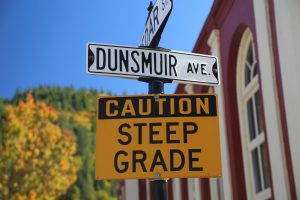
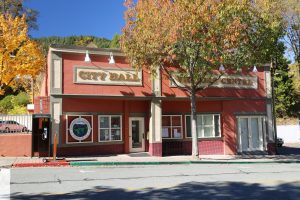
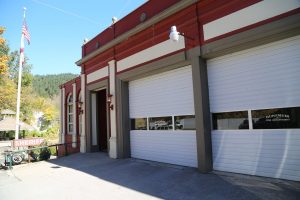








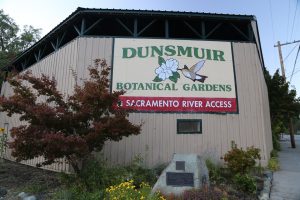

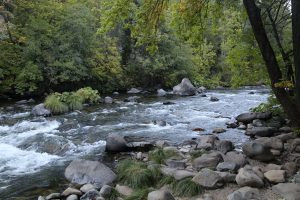
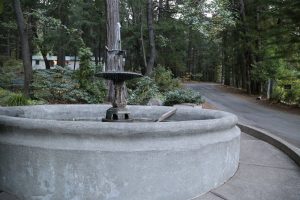
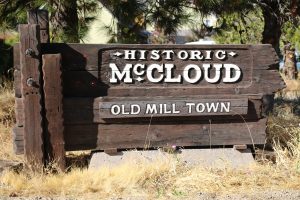


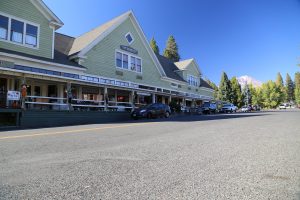
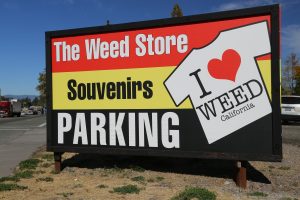


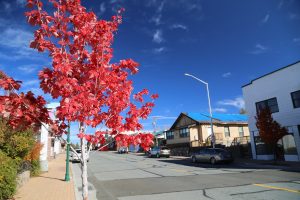





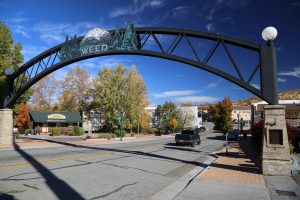
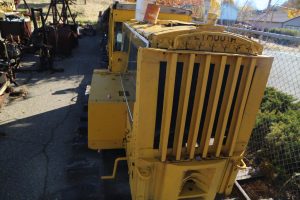
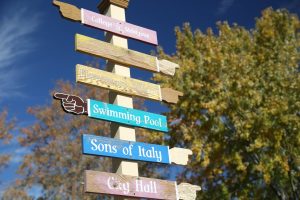




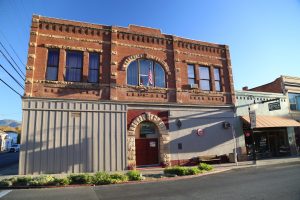


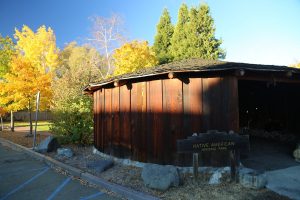



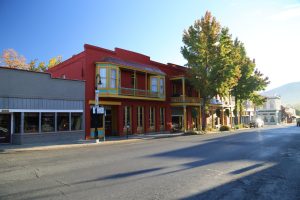
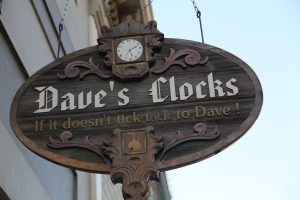

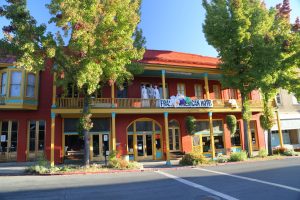
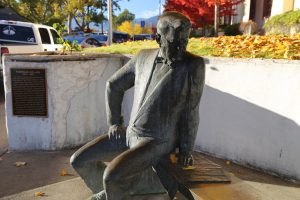
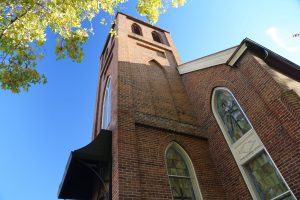
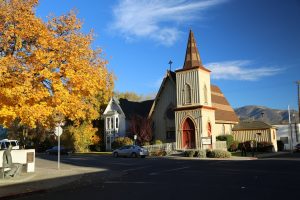
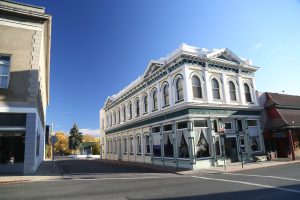


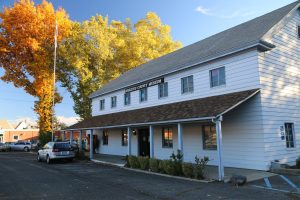



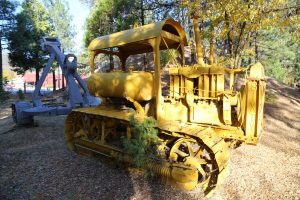
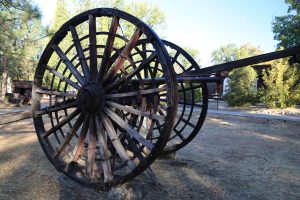

Leave a Reply